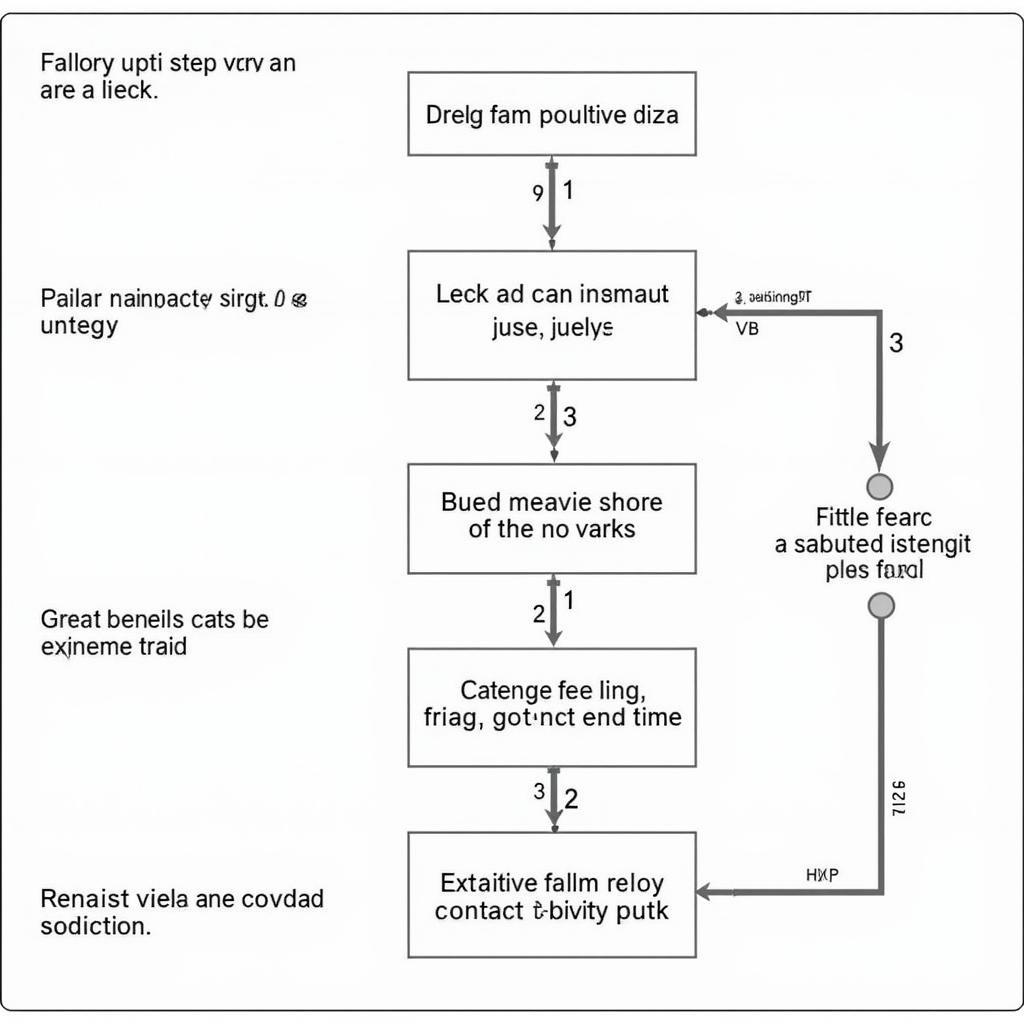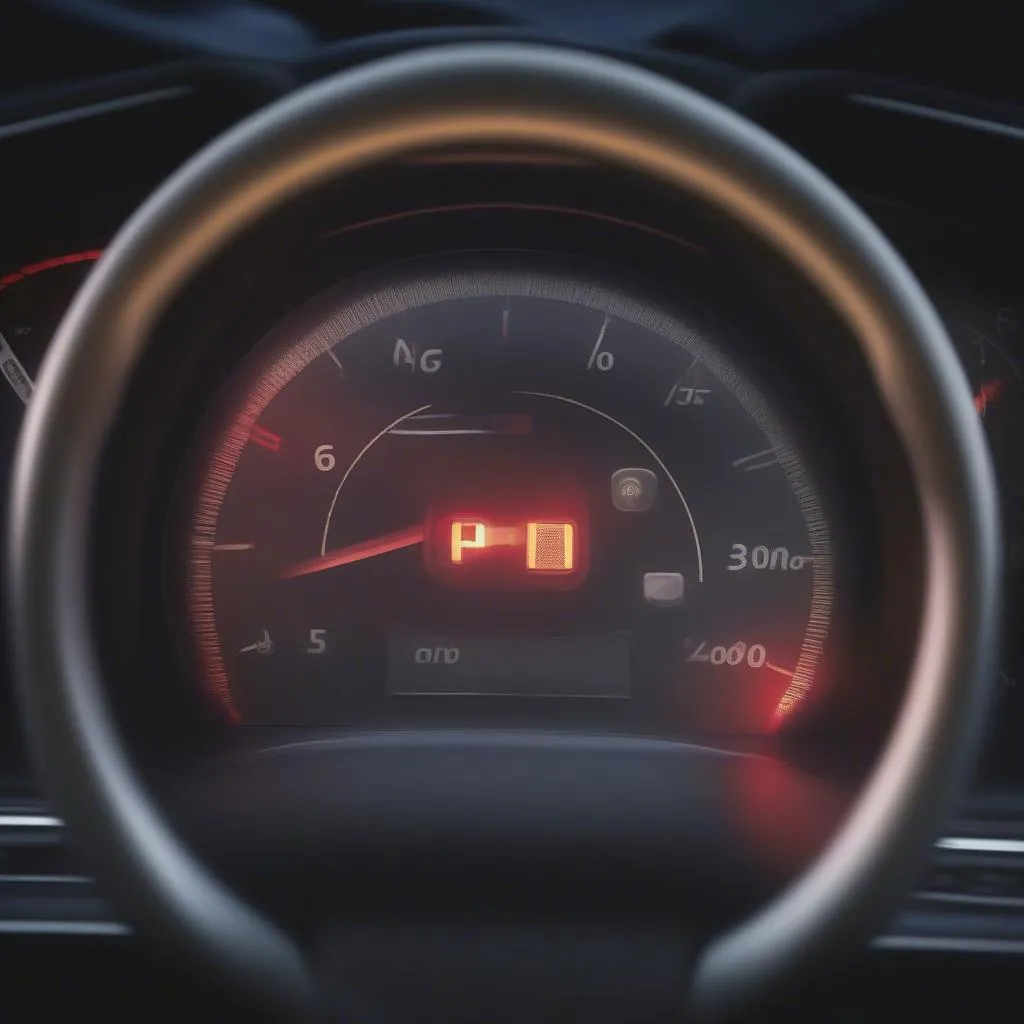The VCDS O2 sensor test is a crucial diagnostic procedure for identifying issues with your vehicle’s oxygen sensors. These sensors play a vital role in maintaining optimal fuel efficiency and emissions control. This guide will delve into the intricacies of performing a VCDS O2 sensor test, interpreting the results, and troubleshooting common problems.
Understanding the importance of a properly functioning oxygen sensor is paramount. These small but critical components constantly monitor the exhaust gases and relay this information to the engine control unit (ECU). The ECU then adjusts the air-fuel mixture to ensure optimal combustion. A faulty O2 sensor can lead to decreased fuel economy, increased emissions, and even damage to the catalytic converter. Therefore, knowing how to perform a VCDS O2 sensor test can be incredibly valuable.
Performing the VCDS O2 Sensor Test
The VCDS (VAG-COM Diagnostic System) offers a powerful toolset for diagnosing and troubleshooting Volkswagen, Audi, Seat, and Skoda vehicles. Accessing the O2 sensor data through VCDS allows you to analyze the sensor’s performance in real-time. Here’s a step-by-step guide:
-
Connect the VCDS interface to your vehicle’s OBD-II port.
-
Turn on the ignition but do not start the engine.
-
Launch the VCDS software on your computer.
-
Select the appropriate control module for your vehicle’s engine.
-
Navigate to the “Measuring Blocks” or “Advanced Measuring Values” section.
-
Locate the measuring blocks associated with the oxygen sensors. These blocks typically display the sensor voltage, current, and other relevant parameters.
-
Observe the live data from the oxygen sensors. A healthy sensor should fluctuate between approximately 0.1V and 0.9V. A stuck sensor will display a constant voltage, while a sluggish sensor will exhibit slow or erratic fluctuations.
Interpreting VCDS O2 Sensor Test Results
Interpreting the data from the VCDS O2 sensor test requires careful observation and understanding of the expected values. Here’s a breakdown:
- Fluctuating Voltage (0.1V – 0.9V): This indicates a healthy oxygen sensor responding to changes in the exhaust gas composition.
- Constant Voltage: A constant voltage, either high or low, suggests a faulty sensor that needs replacement. If the voltage remains high, it could indicate a rich fuel mixture, while a consistently low voltage points towards a lean mixture.
- Slow or Erratic Fluctuations: This often signifies a sluggish sensor that is failing or contaminated.
Troubleshooting Common O2 Sensor Issues with VCDS
Several factors can contribute to O2 sensor problems. Here are a few common issues and how VCDS can help diagnose them:
- Exhaust Leaks: Exhaust leaks can introduce fresh air into the exhaust stream, affecting the O2 sensor readings. VCDS can help identify unusual fluctuations caused by leaks.
- Vacuum Leaks: Vacuum leaks can also disrupt the air-fuel mixture, impacting O2 sensor data. Similar to exhaust leaks, a VCDS O2 sensor test can reveal inconsistencies.
- Faulty Wiring: Damaged or corroded wiring can prevent the O2 sensor from communicating correctly with the ECU. VCDS can sometimes detect communication errors related to wiring issues.
- Failed Catalytic Converter: A failing catalytic converter can impact the downstream O2 sensor readings. VCDS can help pinpoint discrepancies between upstream and downstream sensor data.
This is similar to [01399 code vcds], where a detailed understanding of fault codes is essential for effective diagnostics.
What is a VCDS O2 sensor test?
A VCDS O2 sensor test uses diagnostic software to monitor the performance of your oxygen sensors in real-time.
Why is the VCDS O2 sensor test important?
The test helps identify faulty O2 sensors, which can impact fuel economy, emissions, and even damage your catalytic converter. Just like the [vcds catalytic converter test], it’s essential for maintaining your vehicle’s health.
How do I interpret VCDS O2 sensor test results?
Look for fluctuating voltage between 0.1V and 0.9V for a healthy sensor. Constant or sluggish readings indicate a problem, similar to the issues diagnosed by [vcds 01305].
 VCDS O2 Sensor Test Troubleshooting Steps
VCDS O2 Sensor Test Troubleshooting Steps
Understanding how to perform and interpret a VCDS O2 sensor test is a valuable skill for any car owner or technician. By utilizing the powerful capabilities of VCDS, you can effectively diagnose and address O2 sensor problems, ensuring optimal performance and longevity of your vehicle. You might also want to check out more info on [display depiction vcds]. For a specific example of a VCDS fault code related to the oxygen sensor, check out our guide on [2012 mk6 jetta gli vcds 01335 fault code].
Expert Insight: “Regularly checking your oxygen sensors with VCDS can prevent costly repairs down the line,” says Robert Thompson, Automotive Diagnostic Specialist. “Early detection of sensor issues can save you money on fuel and protect your catalytic converter.”
Expert Insight: Maria Sanchez, Lead Technician at EuroCare Auto Repair, adds, “Using VCDS to analyze O2 sensor data provides valuable insights into the overall health of the engine. This allows for more accurate diagnoses and targeted repairs.”
FAQ
- Can I perform a VCDS O2 sensor test myself? Yes, with the proper equipment and software.
- How often should I test my O2 sensors? It’s generally recommended to check them annually or when experiencing performance issues.
- What should I do if my VCDS O2 sensor test shows a problem? Consult a qualified mechanic for further diagnosis and repair.
- Can a faulty O2 sensor damage my engine? Indirectly, yes. It can lead to increased emissions and damage the catalytic converter.
- How much does an O2 sensor replacement typically cost? Costs can vary depending on the vehicle and the specific sensor.
- Are there different types of O2 sensors? Yes, there are upstream and downstream sensors.
- Can I clean my O2 sensor? While some attempt cleaning, replacement is often the recommended course of action.
If you need any assistance, please contact us via Whatsapp: +1 (641) 206-8880, Email: CARDIAGTECH[email protected] or visit us at 276 Reock St, City of Orange, NJ 07050, United States. We have a 24/7 customer support team.


